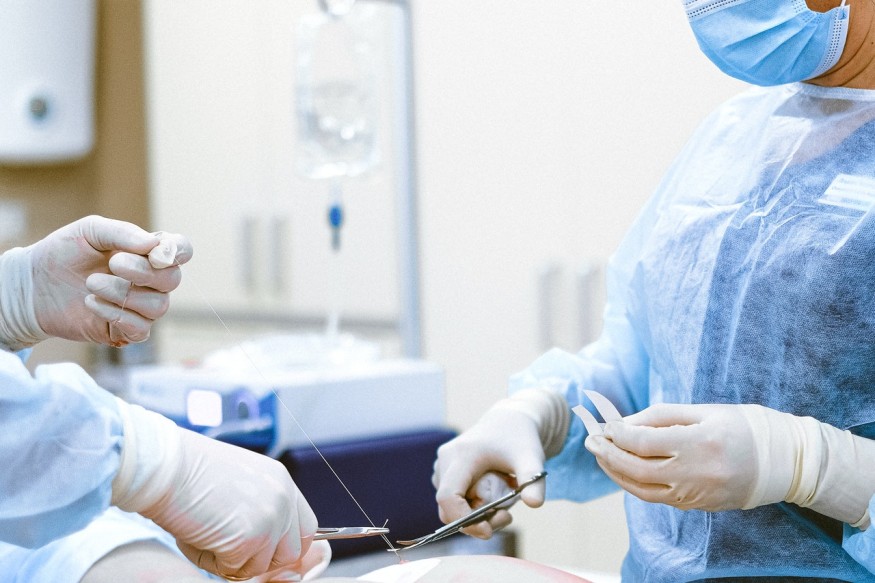Bacterial infections are one of the greatest problems in the industry of medicine. There are many gateways the bacterial infection can infiltrate the human body. Among the medical procedures that these infections can impact are surgical implants. Because of this, the Chalmers University of Technology experts developed a novel technique to keep bacterial infections from contaminated medical procedures by using a bactericidal medium in the form of graphene-based material.
Surgical Implant vs. Bacterial Biofilm

Chalmers Department of Biology and Biological Engineering expert Santosh Pandit said that the research conducted succeeded in formulating a technology that involves the fusion of graphene and water-insoluble antibacterial molecules. The study on the controlled molecules and graphene binding technique for bacteria-safe antibiofilm was published in the journal Scientific Reports, entitled "Sustained release of usnic acid from graphene coatings ensures long term antibiofilm protection."
Pandit added that the developed graphene technique is essential for the overall method. The experts intentionally bound the controlled molecules to the graphene efficiently for the possibility of its industrial accessibility and usage in the future.
Bacterias are known to have the capability to develop impenetrable layers on surgical implants. These bacterial layers, also known as biofilms, can form over various biological implantations, including dentures and other variants associated with medical implant procedures. Bacterial infection is not a new adversary of the medical community, and its existence in surgical implants had been a conundrum for ages. Some of the recorded biofilm formations on surgical implants are challenging to get rid of, and it causes huge problems such as implant replacement or even removal from surgical patients.
Bactericidal Method in Graphene and Usnic Acid Binding
Graphene is one of the key solutions that offer a binding technique against bacterial infection. Graphene exhibits a high-performance rate when fused through ultrasound with antibacterial formulas such as hydrophobic drugs and molecules. With graphene, the problem regarding the efficiency of material attachment and antibacterial hydrophobic binding was solved. Pandit said that graphene had been found to have the greatest potential for bacteria-safe implants.
Graphene was coated with a specific acid exclusively found in lichens, also known as the usnic acid. The type of acid was selected for the project as it is proven to contain bactericidal properties that block the formation of nucleic acids and protein production of bacteria cells.
Usnic acid's resistance is most effective when placed against the common biofilm producers in surgical implants. These harmful bacterias are known in pathological studies as the Staphylococcus aureus and Staphylococcus epidermidis. But combining graphene with usnic acid, the research showed great and promising results. What's more, the binding of the two unconventional materials is the most efficient and functional method to date, as the production of the usnic acid to the graphene surface is determined to be controllable.
In a report by PhysOrg, Pandit said that the binding of the bactericidal materials was much easier than expected. With that said, the expert is optimistic that the newly discovered antibacterial protection of implants will become handy in the future of surgical and other biomedical operations.
Check out more news and information on Biology in Science Times.
© 2026 ScienceTimes.com All rights reserved. Do not reproduce without permission. The window to the world of Science Times.










